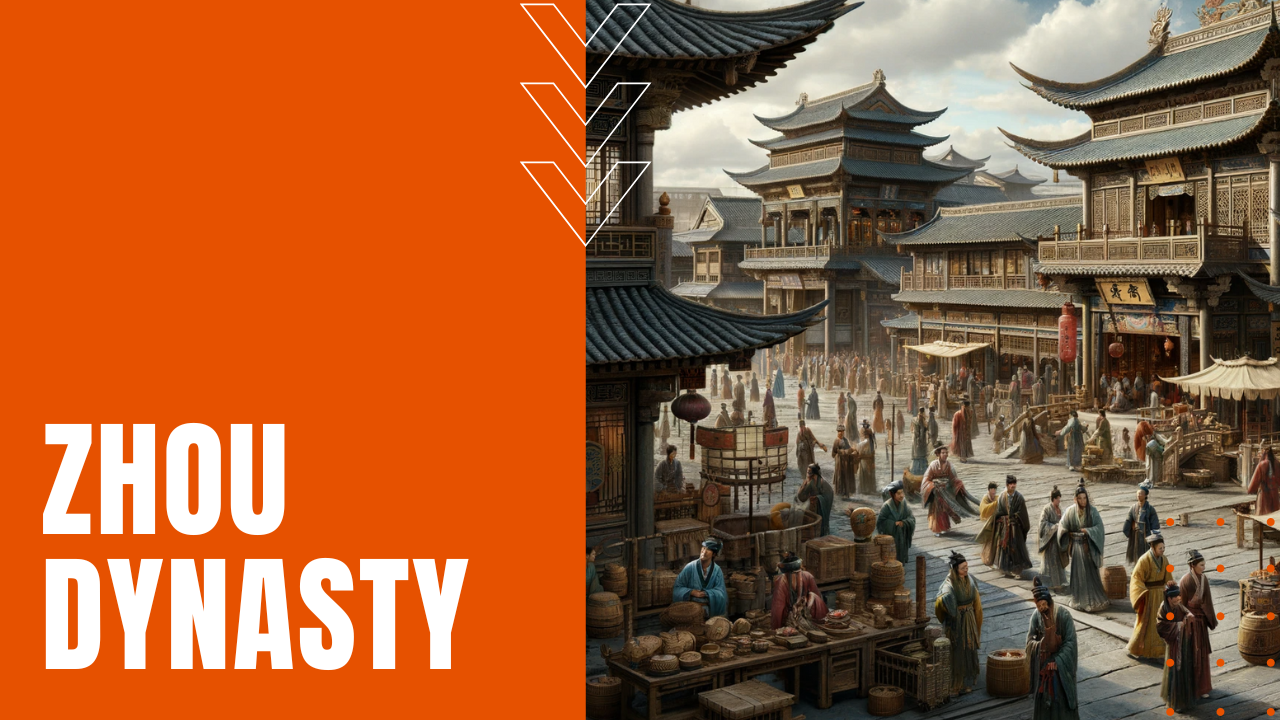The Zhou Dynasty

Divided into two periods—the Western Zhou from 1046 to 771 BC and the Eastern Zhou from 771 to 256 BC, the Zhou Dynasty followed the Shang Dynasty, although both shared many cultural and religious similarities in their use of ritualistic bronze vessels and the practice of divination during the Bronze Age. Borrowing the Shang Dynasty’s concept of the Mandate of Heaven, which was the belief that the king was divinely appointed by God, the dynasty’s founding ruler, King Wu, at first established a centralized government shortly before his death, prompting Wu’s brother, Dan, the Duke of Zhou to act as regent until Wu’s young son, Chang, was old enough to rule.
Enter European-style Feudalism
Writing the now famous I-Ching, the poet/warrior Duke established a decentralized state based on a social hierarchy similar to European feudalism, which prospered despite a steady rise of rebellious noble factions near the end of the Western Period, each wishing to rule for themselves. Collapsing just before an era known as the Spring and Autumn Period, which saw notable advances in music, poetry and philosophy, the early Eastern Period witnessed the development of the Confucian, Legalist, Mohist and Taoist schools of thought.
Key Advances
Moving the capital to Luoyang, the period also saw notable advances in agriculture, education, military organization, Chinese literature and music, as well as political innovations that would lay the foundation for the Qin Dynasty to come. Many famous Chinese writers lived during the Eastern Period at a time known as the Hundred Schools of Thought, including Mencius, Mo Ti, Lao-Tzu and Sun-Tzu. Facing an ever increasing breakdown of the Imperial Chinese Government—leading many to claim that Zhou emperors had lost the Mandate of Heaven—monarchal weaknesses gave rise to the Warring States Period from 481 to 221 BC, when the seven separate states of China fought one another for hegemony, ending the Zhou Dynasty when the state of Qin proved victorious in battle.
End of Longest Chinese Dynasty
The incoming Qin Dynasty rulers soon erased the Zhou’s accomplishment to insure its own primacy, making the 800-year Zhou Dynasty, the longest, continuous dynastic reign in China’s now 3600-year history.
